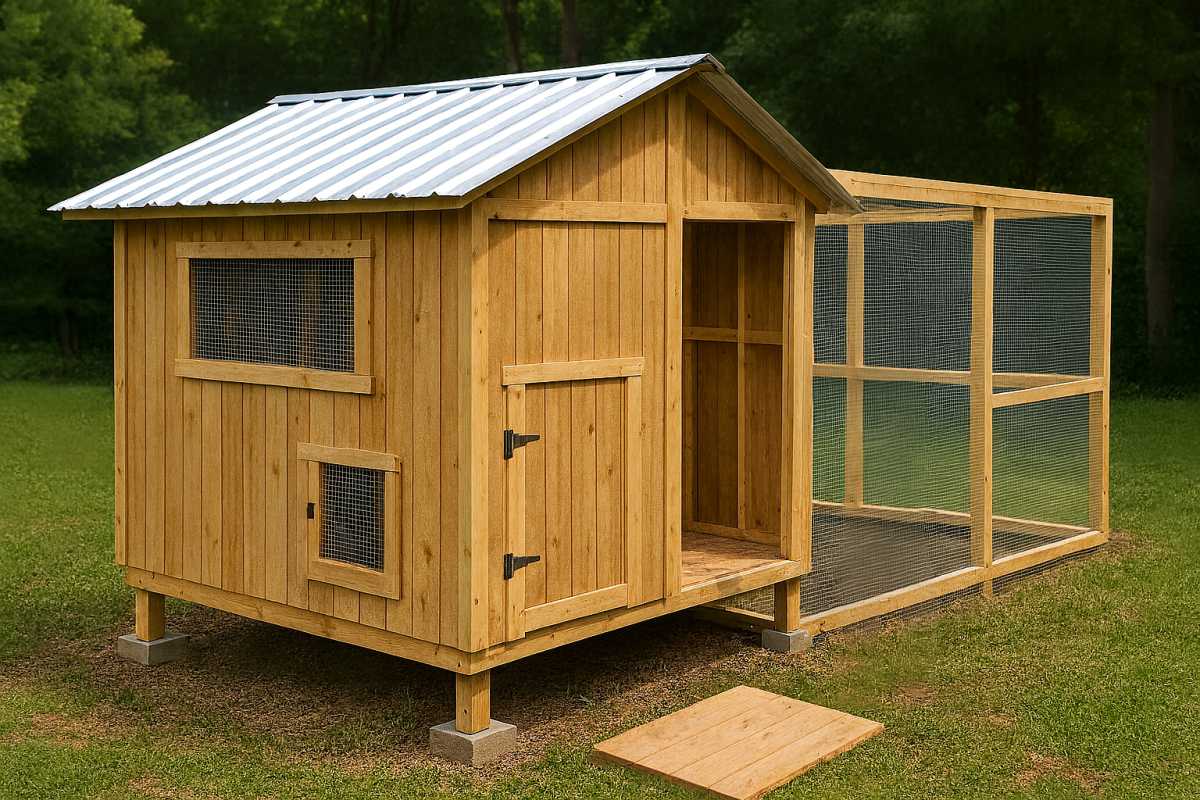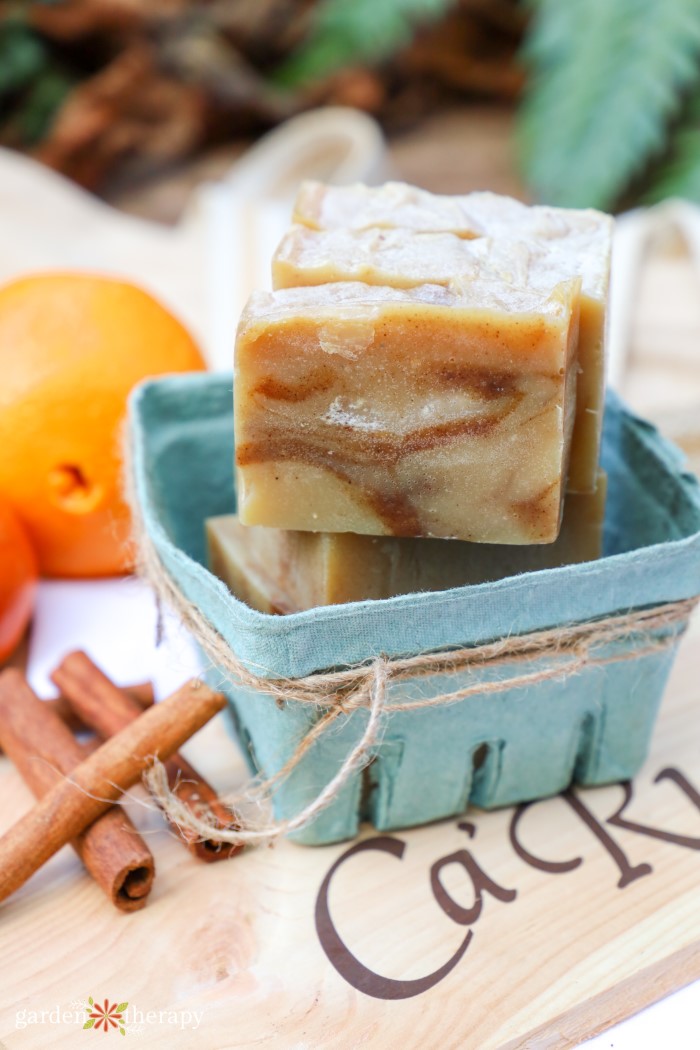Building your own chicken coop isn’t affordable, but it’s a fun and rewarding experience for first-time chicken owners.
The internet is full of different chicken coop ideas, but it is important to have a solid plan for building a chicken coop.
Pre-planning including assessing available space, selecting the right ingredients, and setting boundaries ensures that chicken remains safe and healthy.
Depending on the weather conditions of your area, you can build 20 chicken coops by choosing wooden blocks, metafencing, or durable plastic.
In this article, we are not going to provide an overwhelming list of chicken coop design ideas. Instead, we will help you plan, prepare and build your chicken coop.
Based on that, you can work your creative mind and create a home for the flock.
How to build a chicken coop for 20 chickens?
Start by assessing your space needs depending on the number of chickens you are trying to raise.
in short:
Each chicken bird needs approximately 3-4 square feet and 8-10 square feet outdoors. So plan at least 60-80 square feet on the outside and 160-200 square feet on the outside.
Design your shed with proper ventilation, predator prevention boxes, nesting boxes (1 per 3-4 birds), roost bars, select well-drained shaded areas.
Use durable materials such as treated wood and metal roofs to easily access cleaning and include safe fencing for running around to keep her flock safe.
It is recommended to plan, prepare and build before proceeding to the construction phase.
Planning: Spatial assessment and design visualization preparation: Collect durable materials based on the height and size of the chicken coop: Build layouts and install fences with the help of DIY or carpenters

Let’s go into detail about each section.
Step: 1 Chicken Coop Plan
Space Evaluation
The first step is to determine the amount of room you need for 20 chickens. Each bird must have at least 3-4 square feet of indoor shed space. This means your shed should measure approximately 60-80 square feet.
Outdoor runs should offer 8-10 square feet per chicken, so an area surrounded by a fence of 160-200 square feet is ideal. Adequate spaces help prevent stress, illness and aggressive behaviors between birds.
Check this: 6 Best Ground Covers for Chicken Run
Layout design
When designing, think about your chicken’s daily routine. Includes nested boxes (one for every 3-4 hens), roost bars of various heights, and floor plans that are easy to clean.
During colder months, place windows or vents for proper airflow, ensuring that the shed remains drafted. The doors must be large enough for easy access. Both chicken is for you while cleaning and feeding. Feeders and hangers for drinkers keep food and water away from the ground, reducing waste and pollution.
Also Read: How to Clean and Disinfect a Chicken Coop?
Height and size considerations
The shed must be tall enough for you to enter comfortably. A height of 6-7 feet allows you to move around without being too bent, making it easier to maintain.
For chickens, a roost bar should be placed about two feet above the floor, spaced sufficiently to prevent overcrowding.
If you need a more self-sufficient setup, don’t forget to have extra space to store your feed and consumables.
The size of a 20 chicken shed?


When planning a shed for 20 chickens, space is the right thing to do first. Each chicken needs about 3-4 square feet inside the shed. This means you need at least 60-80 square feet of indoor space.
To run outdoors, you can spend 8-10 square feet per bird, giving it 160-200 square feet, allowing you to scratch, forage and roam freely.
A good setup could be a 10×8 foot coop paired with a 16x12ft run, but bigger ones are always better.
More rooms reduce stress, keep your chickens healthy and make cleaning easier. Think of it as an investment in both their happiness and your convenience.
Step: 2 Construction preparation
Material selection
Durability and safety are top priority when choosing materials. Treated wood is a great option for framing as it resists rot and weather damage.
For roofs, metal sheets or asphalt shingles work well and provide long-term protection from rain and heat.
Wire mesh or hardware cloth is essential for fencing and ventilation. It is stronger and underlying predators than regular wire meshes.
Essential tools and supplies
Before you begin, collect the necessary tools, such as saws, hammers, drills, tape measures, claws, screws, and hinges.
Refill with external grade paint or sealant to make the wood weather resistant. Preparing all the materials in advance will make the building process smoother and prevent disruptions.
Step: Construction of 3 chicken coop


Frame and wall construction
Start with a solid foundation, such as a concrete block, pavement, or a raised wooden base, and keep the shed away from the ground.
This prevents flooding and prevents pests. Build frames from treated wood, add walls, leaving space for doors, windows and ventilation openings.
Make sure the walls are sturdy enough to withstand wind and predators.
Also Read: What do you need inside the chicken coop?
Add roof and floor
An inclined roof is installed to allow rainwater to run out, preventing leaks and flood damage. Metal or iron roofs guarantee durability.
The floors are made of linoleum-covered plywood or hardware fabrics underneath the bedding to make cleaning easier and reduce rodent access.
For comfort and cleanliness, add a thick layer of bedding, such as straw, wooden shavings, or hemp.
Door and window installation
Every shed requires at least one human-sized access door and one small chicken door (pop door).
Install the door with a sturdy lock or latch to keep predators out. For cross ventilation, make sure the opening is covered with hardware fabric while adding a screen-shaped window or vent on the opposite wall.
Fencing the execution
Chickens need outdoor space for foraging, dusting and exercise. Use strong hardware fabric or welded wire fencing around a run that is at least 6 feet tall, to keep predators like raccoons, foxes, and stray dogs.
Fill the wires at least 12 inches underground to stop the animal’s digging. If hawks are common in your area, consider adding net or wire mesh on the top.
Safe running reduces risk and allows chickens to roam safely and freely.
Also Read: How to build a chicken coop from a pallet?
Important things every chicken coop must have
Nest Box
Provides about 6-7 nesting boxes for a herd of 20 birds. Arrange them with straws or shavings to clean the eggs and maintain cushioning.
Place the box on the darker, quieter corner of the shed to lay the chickens.
Roost bar
Chickens prefer to sleep from the ground. Install a sturdy wooden bar about 2 feet above the floor, spaced so that each bird has at least 8-10 inches of roost space.
Avoid metal pipes as they can get too cold in winter and cause discomfort.
Ventilation and light
Proper airflow is essential to preventing the accumulation of ammonia from pooping. Add vents near the roof line to keep fresh air circulating without creating a draft at the chicken level.
Natural light through the windows supports healthy egg production, but in winter you can add artificial lighting to extend the laying time.
Easy cleaning function
Design your coop with maintenance in mind. Roost bars, wide doors and removable trays under smooth flooring all make cleaning faster.
Cleanliness prevents parasites, diseases and foul odors, ensuring a healthy environment for herds.
Also Read: How to Make Your Chicken Coop Better?
Common mistakes to avoid
Skip space
It’s easy to underestimate the amount of room a chicken really needs. A crowded shed doesn’t just look uncomfortable. It causes stress, pecking and less eggs.
When you’re suspicious, it gets bigger. Your flock will be happier, healthier and more productive if they are not too tight.
Use alone and alone
Chicken wires may look sturdy, but keeping chickens rather than keeping predators out is a really good thing.
Raccoons, foxes, and even neighbor dogs can easily tear. Instead, invest in hardware cloth for running, windows and vents. It is stricter, longer lasting and gives real protection.
Ventilation is poor
A shed without proper airflow turns into a mess of damp smell, which is bad news for your bird’s lungs.
Good ventilation is not the same as drafting. Think of it as fresh air moving through the shed without letting the chickens cool. Typically, a higher vent along the roof line will do the trick.
Difficult to clean
One of the mistakes that many first-time builders make is creating a shed that is difficult to clean.
If you can’t easily reach inside and scoop up the feces or change the bedding, the shed will quickly become uncomfortable for both you and your chickens.
The wide doors, removable trays and simple layout save you a lot of hassle in the long run.
Also Read: How to Remove a Rat from a Chicken Coop?
Conclusion
Building a hen coop for 20 chickens may take some planning and effort, but the comfort and safety of the flock is valuable.
The well-designed shed makes daily care easier and keeps your chickens happy and healthy.
With plenty of space, the right materials and smart features, you can create a safe home that lasts for years.
In return, your flock will reward you with fresh eggs and a thriving, vibrant backyard.


Computer Science Alumnus Khaja Moinuddin is delighted with gardening and homestead. Join him on this blog as he shares his experiences in homesteading, gardening and composting





